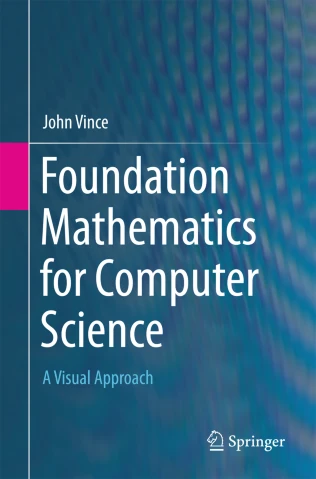In this book, John Vince has reviewed and edited the third edition and added chapters on statistics, Georg Riemann’s hypothesis, eigen vectors, curves, analytic geometry and Fourier analysis. These subjects complement the existing chapters on visual mathematics, numbers, algebra, logic, combinatorics, probability, modular arithmetic, trigonometry, coordinate systems, determinants, vectors, complex numbers, matrices, geometric matrix transforms, differential and integral calculus. During this journey, the author touches upon more esoteric topics such as quaternions, octonions, Grassmann algebra, barycentric coordinates, transfinite sets and prime numbers.
John Vince describes a range of mathematical topics that provide a solid foundation for an undergraduate course in computer science, starting with a review of number systems and their relevance to digital computers and finishing with calculating area and volume using calculus. Readers will find that the author’s visual approach should greatly improve their understanding as to why certain mathematical structures exist, together with how they are used in real-world applications.
This book includes new, full-colour illustrations to clarify the mathematical descriptions, and in some cases, equations are also coloured to reveal vital algebraic patterns. The numerous worked examples will help consolidate the understanding of abstract mathematical concepts. Whether you intend to pursue a career in programming, scientific visualization, artificial intelligence, systems design or real-time computing, you should find the author’s literary style refreshingly lucid and engaging and prepare you for more advanced texts.
